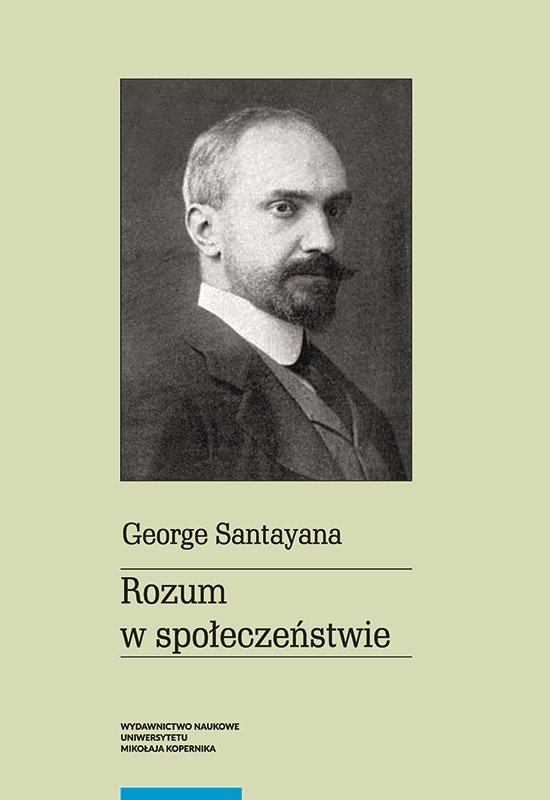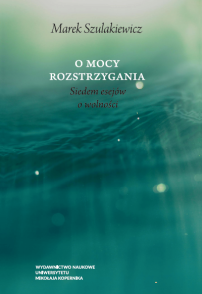Przekład i opracowanie – Adam Grzeliński i Katarzyna Kremplewska
Rozum w społeczeństwie George’a Santayany (1863–1952), należącego do najważniejszych amerykańskich filozofów XX wieku, to druga część cyklu The Life of Reason (1905–1906), jednego z dwóch – obok późniejszych Realms of Being (1927–1940) – monumentalnych dzieł myśliciela.
W kolejnych tomach The Life of Reason Santayana śledzi stopniowe wyłanianie się refleksyjności, a przez to wzrastanie rozumności i obiektywizację przedmiotów ludzkich dążeń – ideałów – w ustanawianiu świata codziennego doświadczenia, w racjonalnie funkcjonującej i opartej na zasadach prawa społeczności, sztuce w symboliczny sposób ukazującej istotne kwestie ludzkiego życia, religii, a także w postępie nauk.
Rozwój rozumności dotyczy nie tylko kolejnych faz Życia Rozumu, do których należy m.in. społeczne funkcjonowanie człowieka, ale też poszczególnych płaszczyzn współistnienia ludzi ze sobą. Takimi płaszczyznami są: miłość, rodzina, pierwsze instytucje społeczne decydujące o produkcji, rządzeniu oraz konfliktach, a wreszcie kolejne fazy rozwoju społeczeństw takie jak arystokracja czy demokracja, w których w coraz większym stopniu może dojść do realizacji ludzkiej wolności, czemu służy wykształcenie bezinteresownej więzi łączącej ludzi. Wyobrażonym zwieńczeniem tych dwóch faz rozwoju życia społecznego – społeczeństwa naturalnego i społeczeństwa wolnego – jest powstanie społeczeństwa idealnego, w którym przygodne związki ludzkie tracą na znaczeniu na rzecz życia jak najbliższego ideałom. Najbardziej doniosłymi obszarami wspólnej aktywności ludzi na tym etapie stają się wspomniane już religia, sztuka i nauka.
Translation and editing – Adam Grzeliński and Katarzyna Kremplewska
Reason in Society by George Santayana (1863–1952), one of the most important American philosophers of the 20th century, is the second part of the series The Life of Reason (1905–1906), one of two – alongside the later Realms of Being (1927–1940) – monumental works of the thinker.
In subsequent volumes of The Life of Reason, Santayana traces the gradual emergence of reflexivity, and thus the growth of reasonableness and objectification of the objects of human aspirations – ideals – in establishing the world of everyday experience, in a rationally functioning community based on the principles of law, the art symbolically showing important issues in human life, religion, as well as in the progress of science.
The development of rationality concerns not only the subsequent phases of the Life of Reason, which include, among others, social functioning of humans, but also individual levels of co-existence between people. Such levels are: love, family, the first social institutions that determine production, governance and conflicts, and, finally, subsequent phases of the development of societies such as aristocracy or democracy, in which human freedom can be realised to an even greater extent, which is achieved by the development of a selfless bond between people. The imagined culmination of these two phases of the development of social life – the natural society and the free society – is the emergence of an ideal society in which contingent human relationships lose their importance in favour of a life as close to ideals as it is possible. The most important areas of common activity of people at this stage are the already mentioned religion, art and science.














